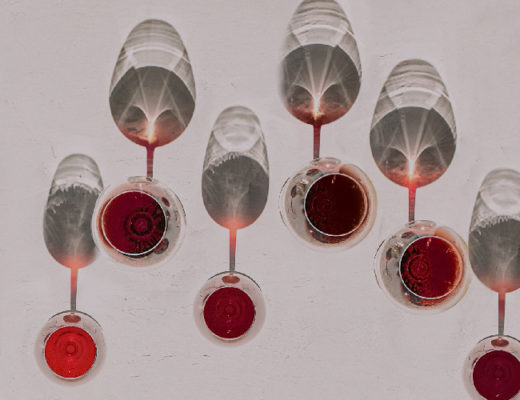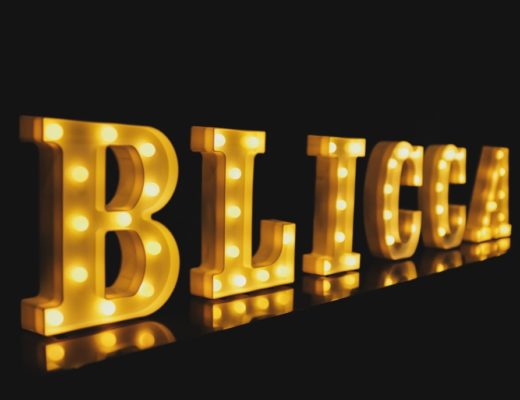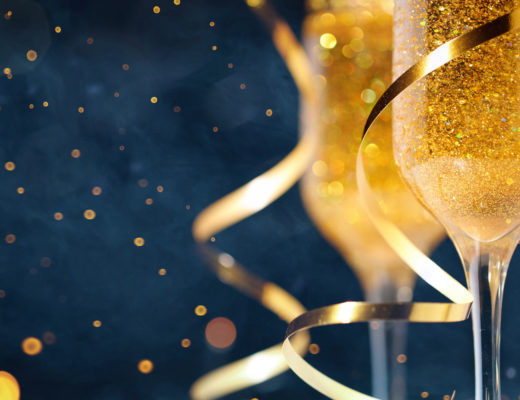Why do thousands of wine industry professionals descend upon Bordeaux each year for en primeur to taste wine from barrels? It’s not just about tasting barrel samples. It’s an event designed to support French châteaux with a real cash-flow while providing a unique buying opportunity to consumers and the trade.
After the final shots of World War II had been fired, and the surrender papers signed by a Japanese delegation aboard the USS Missouri the world, effectively went about its business. The wine industry in France, however, was in shambles. Wineries were in debt, poor and struggling, and coping with how to sell wine to a local clientele, itself just beginning on the road to recovery.
Writing for Wine Spectator about the origins of en primeur, Jean-Guillaume Prats, the CEO of Domaines Barons de Rothschild explained that it was the dominant Bordeaux wine merchants of the late 1940s—including Ginestet, Calvet, Cruse, and Cordier—who invented the en primeur wine tasting by agreeing to “buy wines from top châteaux prior to bottling and pay in advance for them. It was not unusual to even buy wines before the harvest with anticipation of the quality and, above all, quantity,” Prats wrote.
The idea was a radical one that would help provide wineries with a much-needed cash flow. It worked, and by the 1970s, according to Prats, the châteaux were profitable—for the first time since 1850, which allowed them to invest in new technologies and new cellars.
Then, in 1982, American interest in Bordeaux wines spiked, almost entirely as a result of critic Robert Parker, whose then-nascent publication The Wine Advocate, encouraged its readership to buy big, suggesting it was a vintage that would provide a solid return on investment. Parker’s predictions largely fell on deaf ears until other notable critics of the time came around and had to admit that the wines were, in fact, incredible.
From 1982 on, “the en primeur system was the best way for the consumers to buy Bordeaux wines at very affordable prices and secure in advance the numbers of bottles that they wanted in their cellars,” wrote Prats back in 2007.
Today, the 6,000-or-so guests who attend en primeur annually taste barrel-samples of still-aging wine, looking for certain attributes while taking copious notes to plot a buying plan.
“The wine in barrel is very youthful, often backward, and hasn’t fully developed all of its flavors that will come with maturation in over the coming 18 to 24 months,” says Robert Emery, our in-house Bordeaux expert (who was supposed to be at en primeur with Master of Wine Vanessa Conlin). “What you are tasting for is the underlying structure of the wine—the balance between its tannins, acid, and fruit extract.”
Aside from the stock-market-like prospect of buying wine as an investment, “Top of mind is the structure of the wine and our impressions of where it is and how it will evolve,” explains Emery. “Next is the winery. Some châteaux are blue-chip investments, consistently producing high-quality wines even in inconsistent vintages. But the real benefit comes from discovering diamonds in the rough—undervalued châteaux that happened to make amazing wine that year,” he says, “so it’s important to taste everything.”
After considering the quality and the winery, there’s the price. In standout vintages, when critical praise reaches a feverish pitch and high scores for barrel samples start rolling out, the châteaux have the upper hand and can charge more for their wine. In other years, when market demand is down, the wines are generally less expensive, and therefore have a greater potential for appreciation.
Speaking of standout vintages—2019 is on its way to becoming one of them. The growing season started off cool, but not as cold as recent years, and with slightly warmer soils spring bud-break and flowering got off to a great start. The cool weather continued into summer when growers experienced just a few heat spikes but overall the conditions led to an extended harvest.
Stéphane Derenoncourt (who, incidentally, arrived in Bordeaux in 1982, and has become one of the most renowned consulting winemakers with a slew of 100-point scores, and a resume that includes work for Pavie Macquin, Château Canon-la-Gaffelière, and Smith-Haut Lafitte, among others) called 2019 “a beautiful vintage,” with “purity of fruit,” and “fresh,” wines with “very ripe” and “classic” fruit profiles. It doesn’t have the power of previous vintages like 2018 or 2016, but is “very easy to drink,” he says.
At the moment, it’s uncertain if the UGCB will postpone en primeur until the fall or cancel it altogether. So, for now, we won’t be darting in and out of a dozen wineries a day, nor will we be visiting the iconic négociant houses that dot Bordeaux’s Chartrons District—where old stone warehouses lie behind gorgeous facades, housing the unimaginable fruits of Bordeaux’s finest châteaux—bottles destined for ports around the world.
“Canceling it will have big consequences, as most châteaux rely on the income from en primeur as a vital part of their operating budget,” Emery reminds us. “But as a friend in Bordeaux said to me recently, business is not the number one priority at the moment. If they do hold it later, we expect it to be a much smaller campaign, and a good chance to invest in what was by all accounts a very good vintage.”




